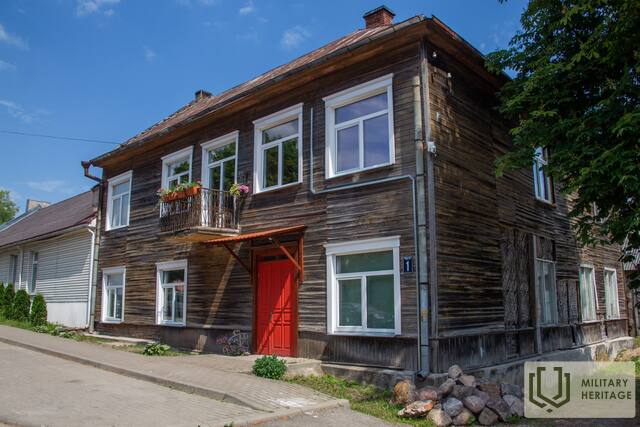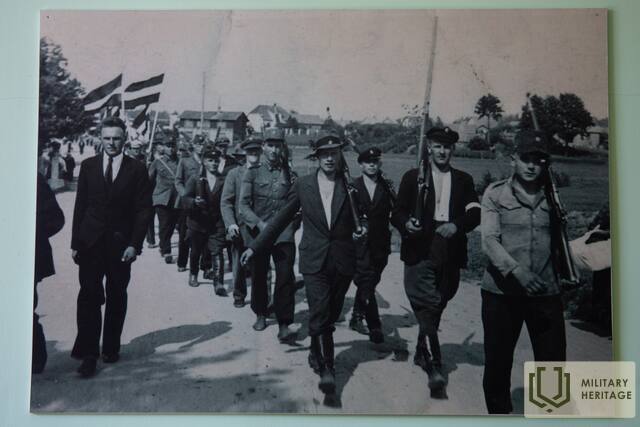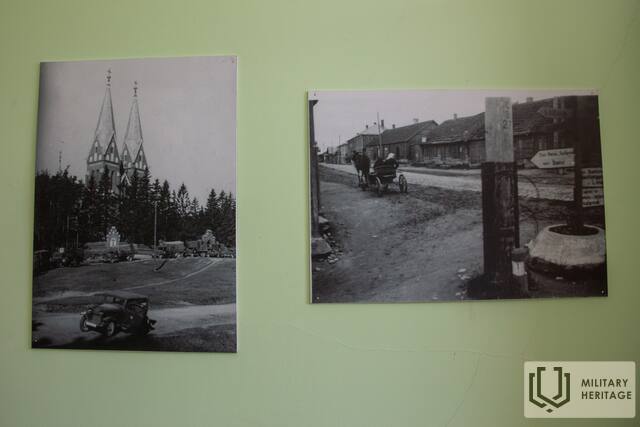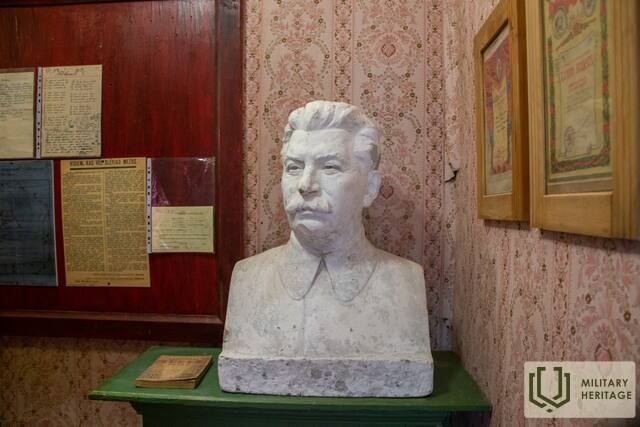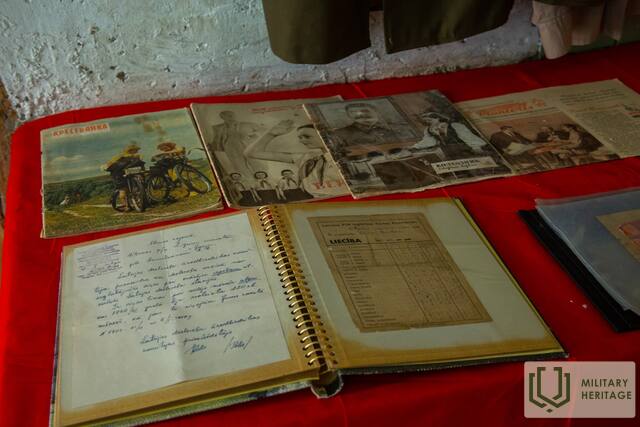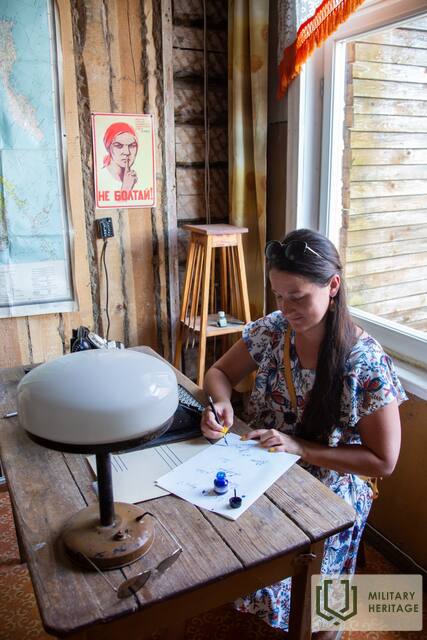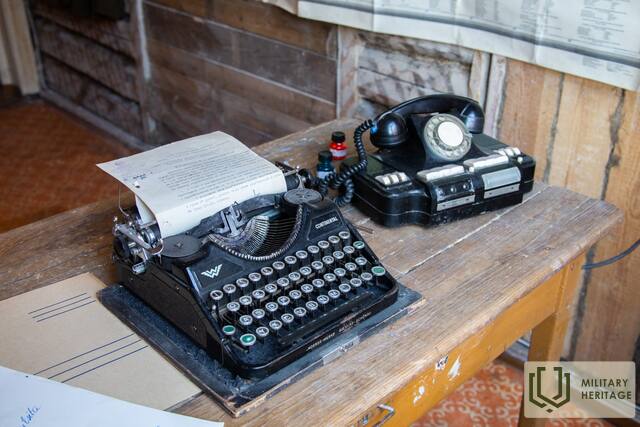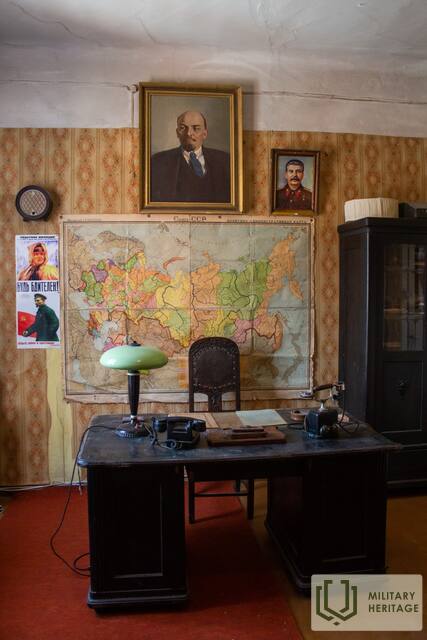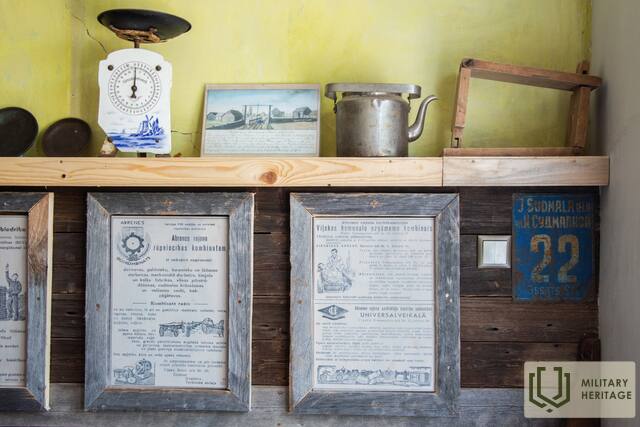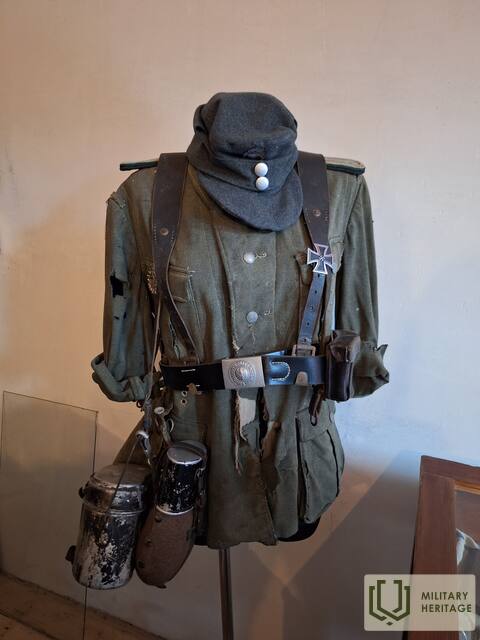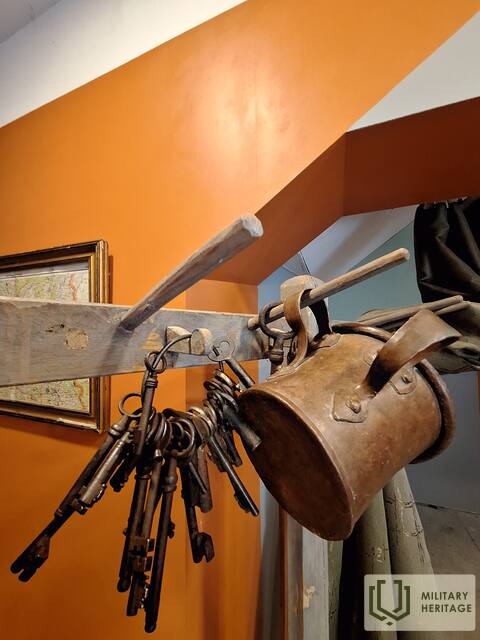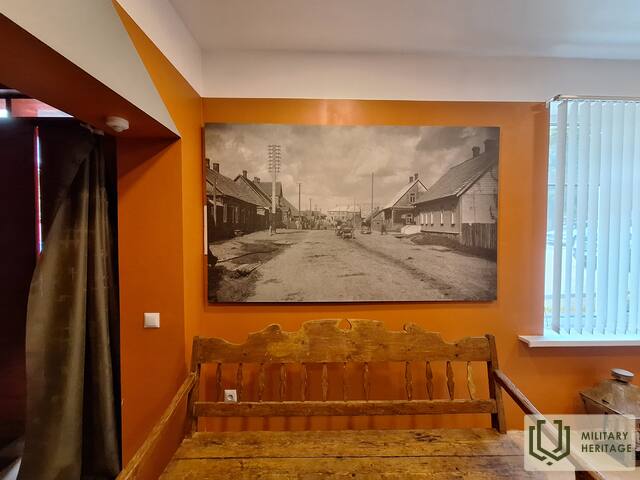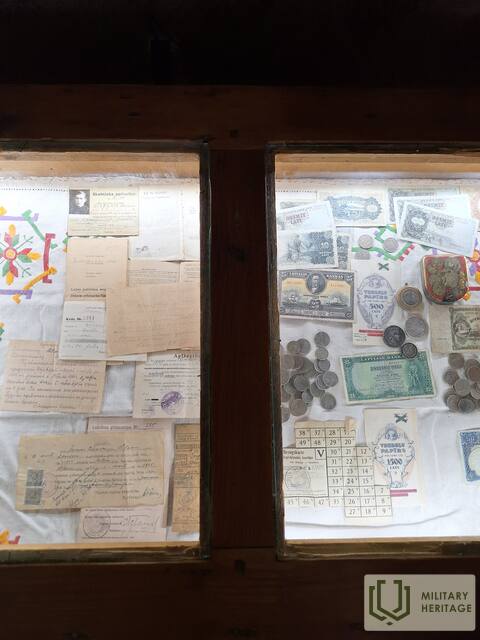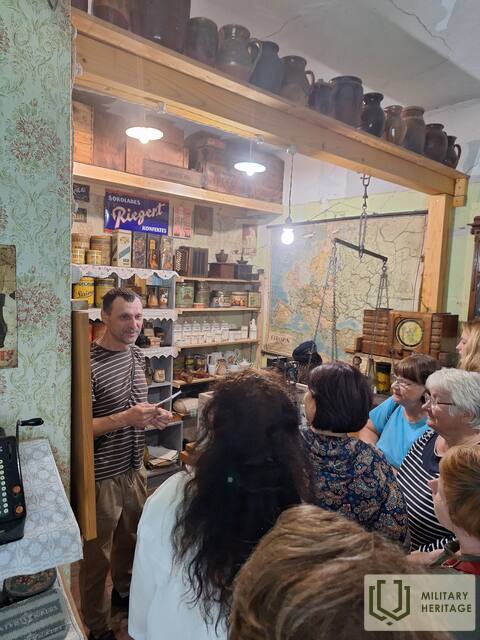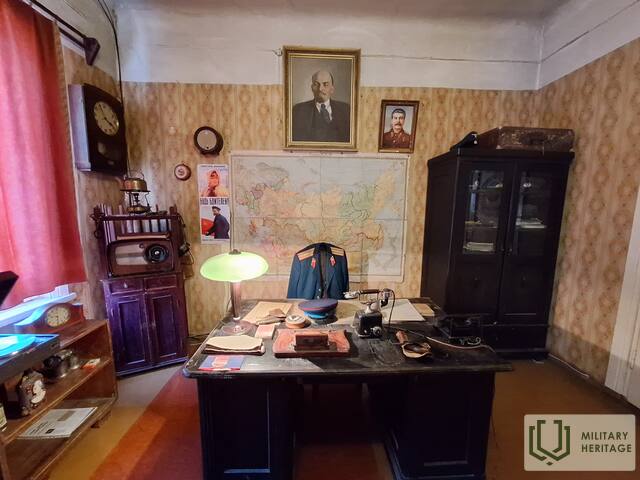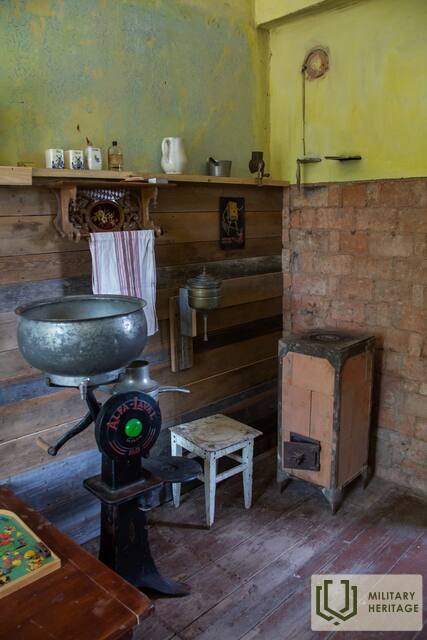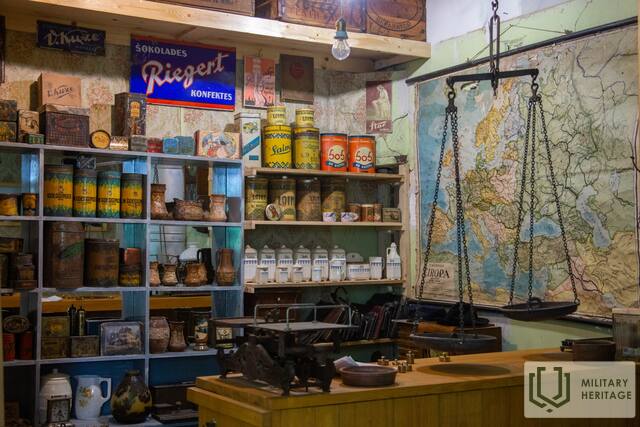Privati ekspozicija „Abrenės kambariai“ (Abrenes istabas)
Muziejus

Privati ekspozicija „Abrenės kambariai“ įsikūrusi Viliakos mieste, istoriniame pastate. Iš pradžių šis pastatas stovėjo senosios Marienhauzeno turgaus aikštėje. Vėliau čia veikė butai, biurai, įvairios parduotuvės, o Antrojo pasaulinio karo metais – latvių savigynos štabas, gestapas ir čekistų būstinė. Ekspozicijose pristatomi įvairūs Viliakos ir jos apylinkių istorijos laikotarpiai bei įvykiai nuo 1920 iki 1960 metų – kai miestelis priklausė Jaunlatgalės, vėliau Abrenės apskričiai. Tarp eksponatų – Stompakų pelkės partizanų štabo daiktai, pasakojantys apie nacionalinį pasipriešinimą Latgaloje, taip pat dokumentai ir fotografijos iš Nepriklausomybės kovų laikotarpio. Naujausioje ekspozicijoje lankytojai gali susipažinti su kadaise garsia motokroso trasa „Baltasis briedis“
Panaudoti šaltiniai ir literatūra:
Susijusi laiko juosta
Susijusios temos
Susijusi istorija
Pēteris Supe – Latvijos nacionalinės partizanų asociacijos įkūrimo iniciatorius
Nuo 1944 iki 1946 metų Pēteriui Supei pavyko suvienyti miškuose išsibarsčiusius nacionalinių partizanų būrius į organizuotą judėjimą, kuris po Antrojo pasaulinio karo dar kelerius metus tęsė kovą prieš Latvijos okupaciją Abrenės apskrityje. Pēteris Supe, pravarde „Cinītis“, buvo vienas iškiliausių Šiaurės Latgalos nacionalinio partizanų judėjimo organizatorių ir vadovų.
Šiaurės Latgalos išlaisvinimas nuo bolševikų
1918 m. gruodžio 1 d. Raudonosios armijos daliniai, sudaryti iš raudonųjų šaulių dalinių, įsiveržė į Latvijos teritoriją. Siekdami apsaugoti savo namus, šeimas, gimtąjį kraštą ir išvengti teroro, Balvių apylinkių vyrai griebėsi ginklų ir patraukė į miškus, prasidėjo pirmųjų „žaliųjų“ grupių formavimasis. 1919 m. pavasarį, paskelbus mobilizaciją, daugelis Balvių apylinkių vyrų laikė nepriimtiną kovą sovietinėje Latvijos armijoje ir prisijungė prie „žaliųjų“ grupių. Buvo suformuotos Balvių, Silakrogo, Rugėjų, Teteru-Dūrupės ir Liepnos grupės. „Žaliųjų“ grupių veikla Balvių apylinkėse suaktyvėjo 1919 m. kovo mėn.
Miško dukra Domicella Dwarf (Lucia)
Domicellai Pundure – 90 metų. 2018 m. gegužės 3 d. Rygos pilyje ji iš prezidento Raimondo Vėjonio rankų gavo Viesturo ordiną už ypatingus nuopelnus nacionalinio pasipriešinimo judėjime ir šalies nepriklausomybės gynime. Domicella Pundure yra paskutinė Stompaku pelkės mūšio liudininkė.




